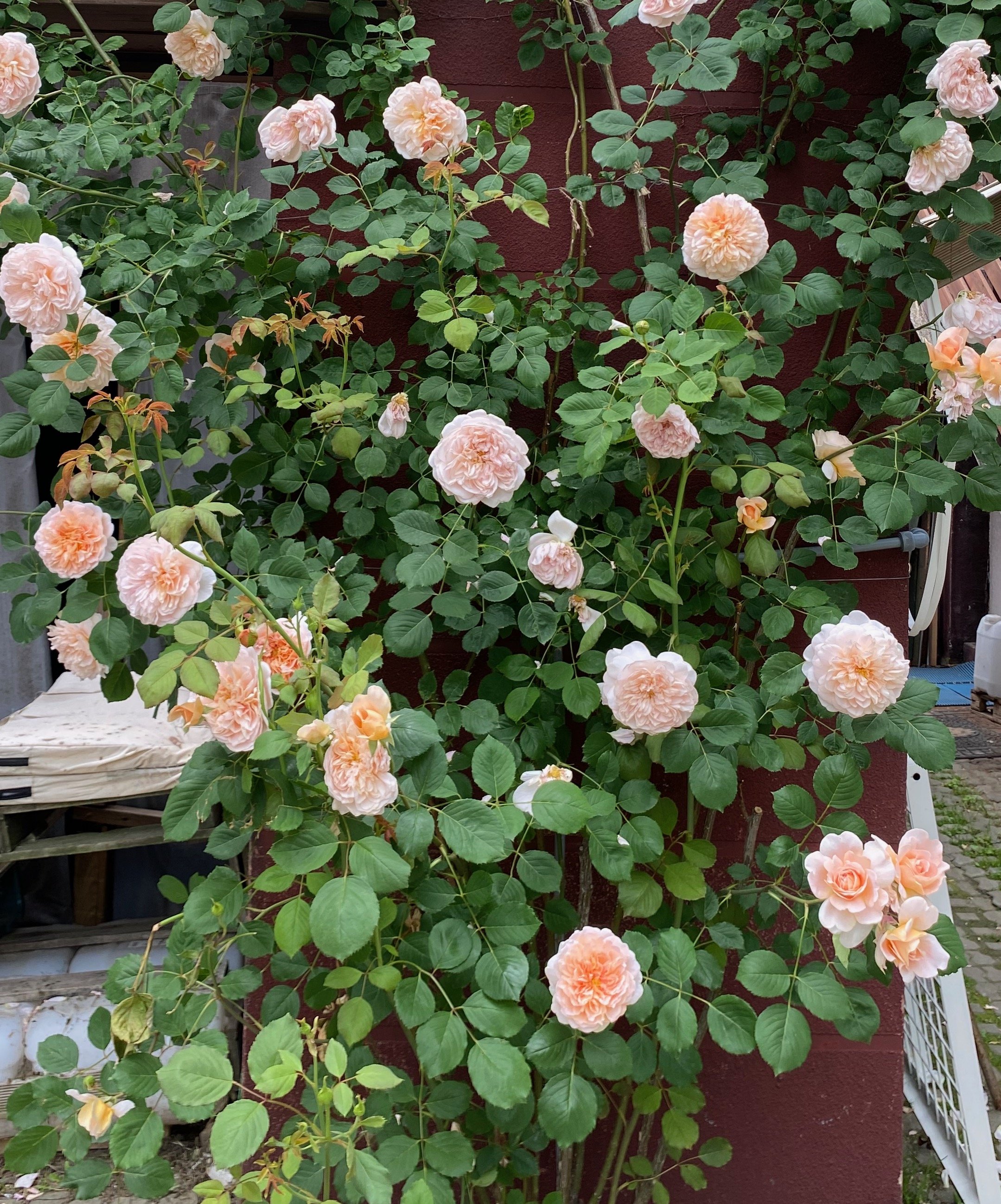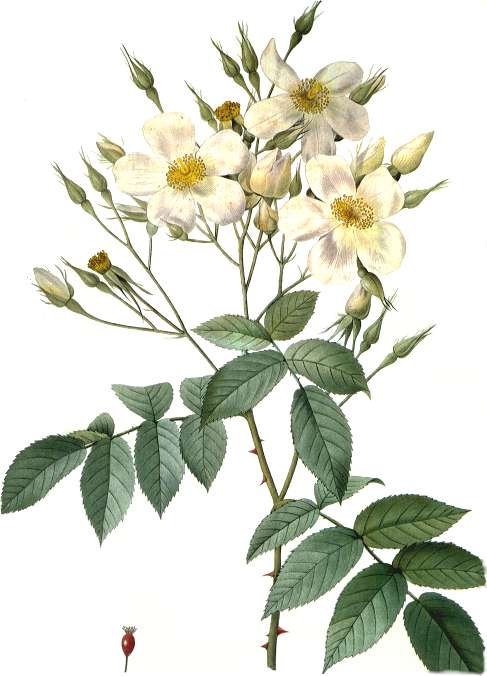Roses, 2024!
As a rose lover and the author of a cultural history of the rose, I can’t pass through the months of May and June without doing a post about roses and sharing with you some photographs of rose blossoms.
A couple of weeks ago I visited the lovely Greenhill Rose Garden, the flagship garden of the Korea Rose Society’s in Gwangju, south-east of Seoul. Here are some pictures upon which to feast your eyes:
This is called ‘Tea Clipper’, an example of one of the so-called ‘English Roses’ created by David Austin, which aim to blend the look and scent of old-style roses with the hardiness and repeat-blooming characteristics of the new. Below a detail. It is delicately perfumed.
This is ‘Leonardo da Vinci’ a variety bred by the prestigious French rose breeders Meilland.
Another David Austin shrub rose: ‘Lichfield Angel’.
The Korea Rose society also created their own rose in 2019 to celebrate the visit of the President of the World Federation of Rose Societies and in memory of the Founding President.
The garden also features some of the classic old roses. Here, above, is ‘Complicata’ a Gallica rose, and an example of a variety created from one of the first species roses to be cultivated in Europe. And below is ‘William Lobb’, the ‘Old Velvet Moss Rose’, first bred in France in 1855. It is deliciously sweetly fragranced. Note how thorny it is!
The garden is the creation of the President of the Korea Rose Society, Kim Wook-Kyun. He also kindly contributed his expertise by overseeing the translation of my book, By Any Other Name. A Cultural History of the Rose into Korean. It was published by Ahn Graphics in 2021:
As I write this post on 9 June the roses in my garden have already bloomed magnificently and their petals have mostly fallen. But thanks to the assiduous attention of modern rose breeders like Meilland and David Austin, the varieties I cultivate should all blossom again before wintertime.
*
And finally, a poem by the English poet John Keats which I didn’t have a chance to present in full in my book, entitled ‘To a Friend who sent me some Roses’:
“As late I rambled in the happy fields,
What time the sky-lark shakes the tremulous dew
From his lush clover covert; - when anew
Adventurous knights take up their dinted shields:
I saw the sweetest flower which nature yields,
A fresh-blown musk-rose; ‘twas the first that threw
Its sweets upon the summer: graceful it grew
As is the wand that queen Tatania wields.
And, as I feasted on its fragrancy,
I thought the garden-rose it far excell’d:
But when, O Wells! thy roses came to me
My sense with their deliciousness was spell’d:
Soft voices had they, that with tender plea
Whisper’d of peace, and truth, and friendliness unquell’d.”
Keats refers to the species rose Rosa moschata, the Musk rose. Prior to 1500, it was the most powerful fragranced rose in Western Europe. The pinkish-white flowers grow in clusters, and their semi-double petals are more closed than single petalled wild roses. The Musk blossoms in late summer and into early autumn, and so it is also known as the ‘Autumn Rose’. Experts believe it originated in Persia, although some sources argue for even farther afield in India or China. It probably came to northern Europe via Spain, and only arrived in England in the early sixteenth century. Here is Redouté’s painting of the Musk rose:
But Keats has surely gotten his roses mixed up. He refers to his Musk as being ‘the first that threw Its sweets upon the summer’, whereas the Musk is actually a late bloomer. In fact, he was evoking some famous lines from Shakespeare’s Midsummer Night’s Dream, a supposition confirmed by the reference to Titania. Shakespeare wrote:
I know a bank where the wild thyme blows,
Where oxlips and the nodding violet grows,
Quite over-canopied with luscious woodbine,
With sweet musk-roses and with eglantine:
There sleeps Titania sometime of the night,
Lull’d in these flowers with dances and delight
This then, is a fine example of what scholars call intertextual allusion. Also an example of art replacing, or at least overlaying, lived experience - and botanical accuracy.
NOTE
For more on roses see: https://www.simonmorley-blog.com/blog-1/roses
The Redouté painting is sourced from: https://en.wikipedia.org/wiki/Rosa_moschata#/media/File:Rosa_moschata.jpg








